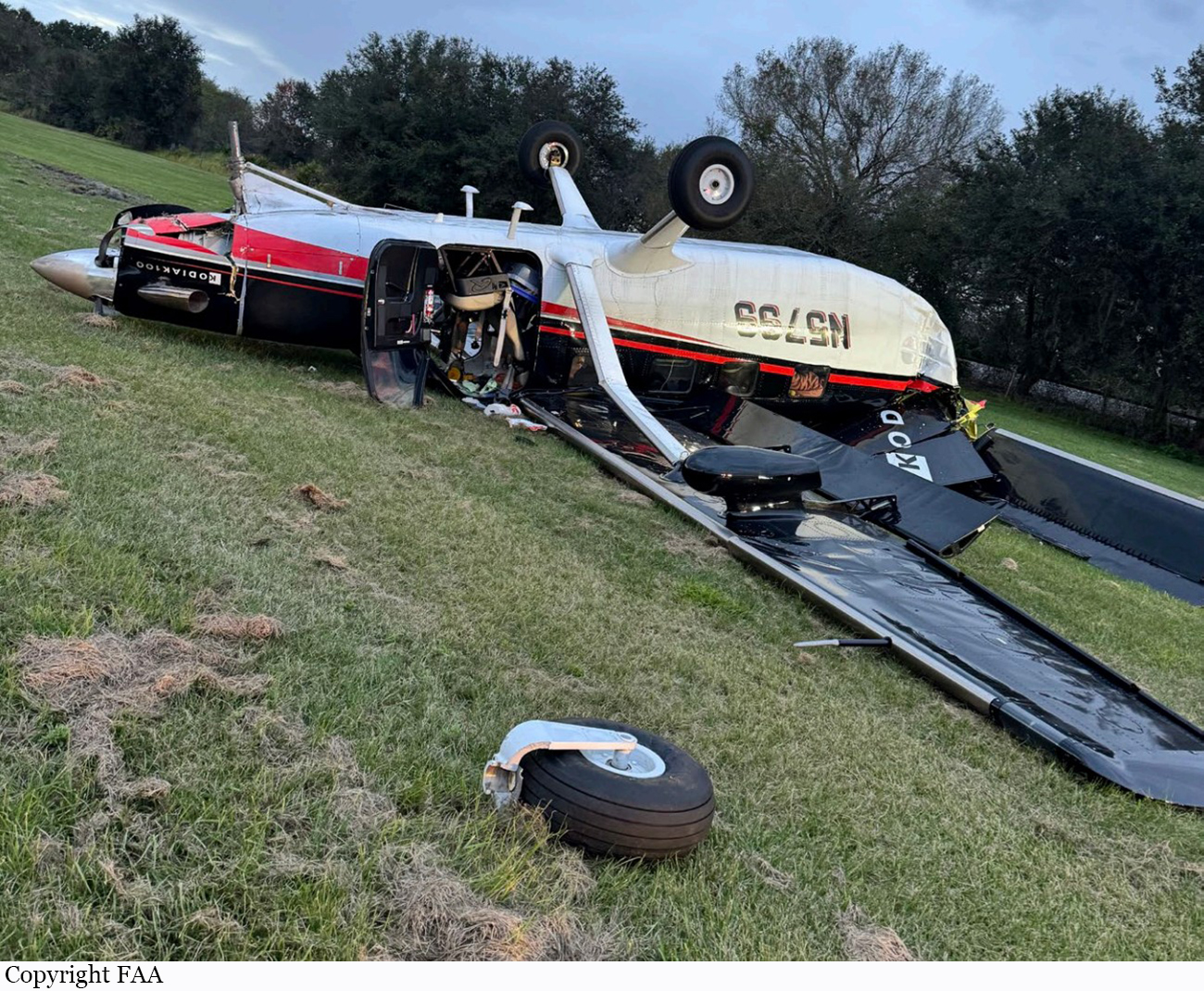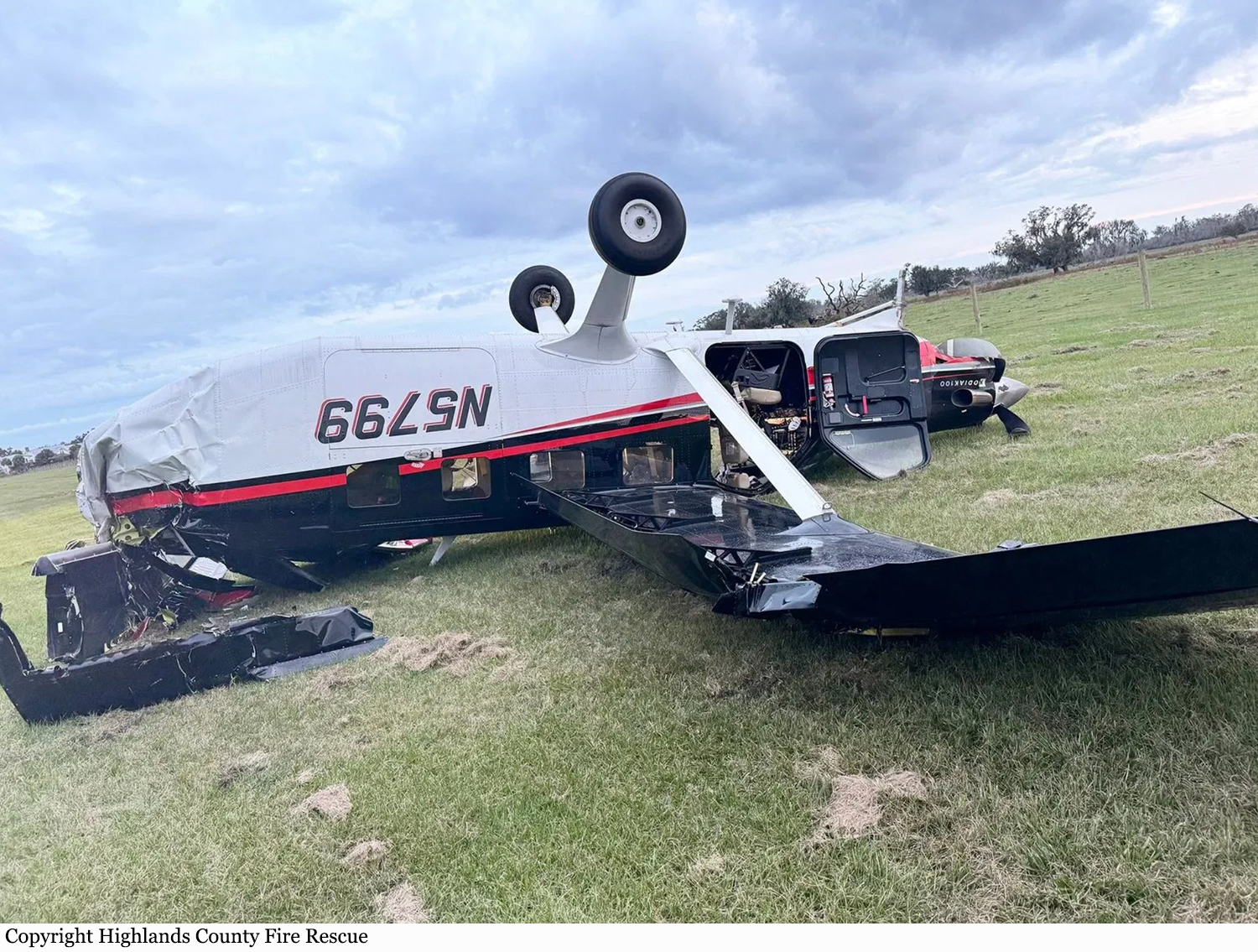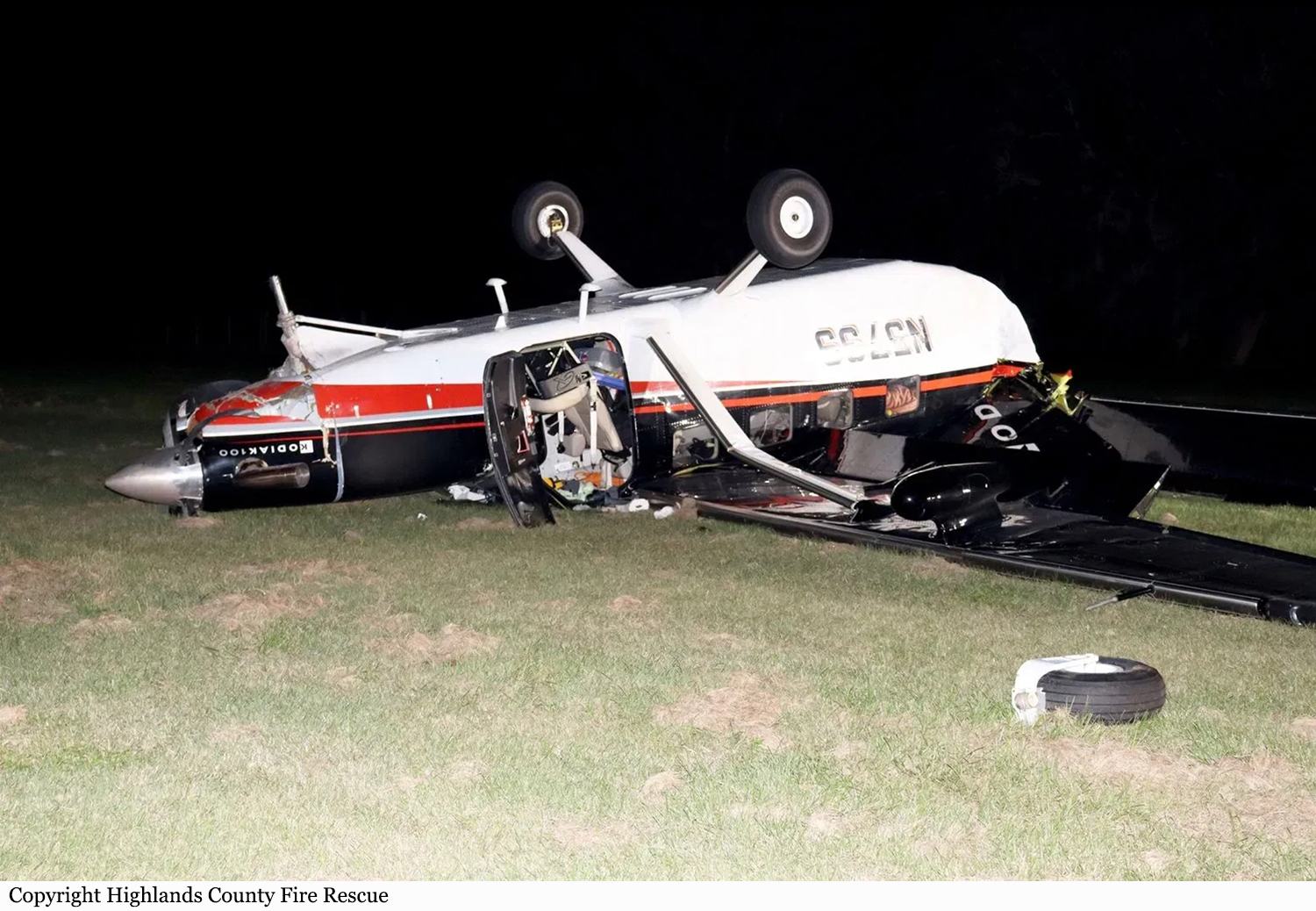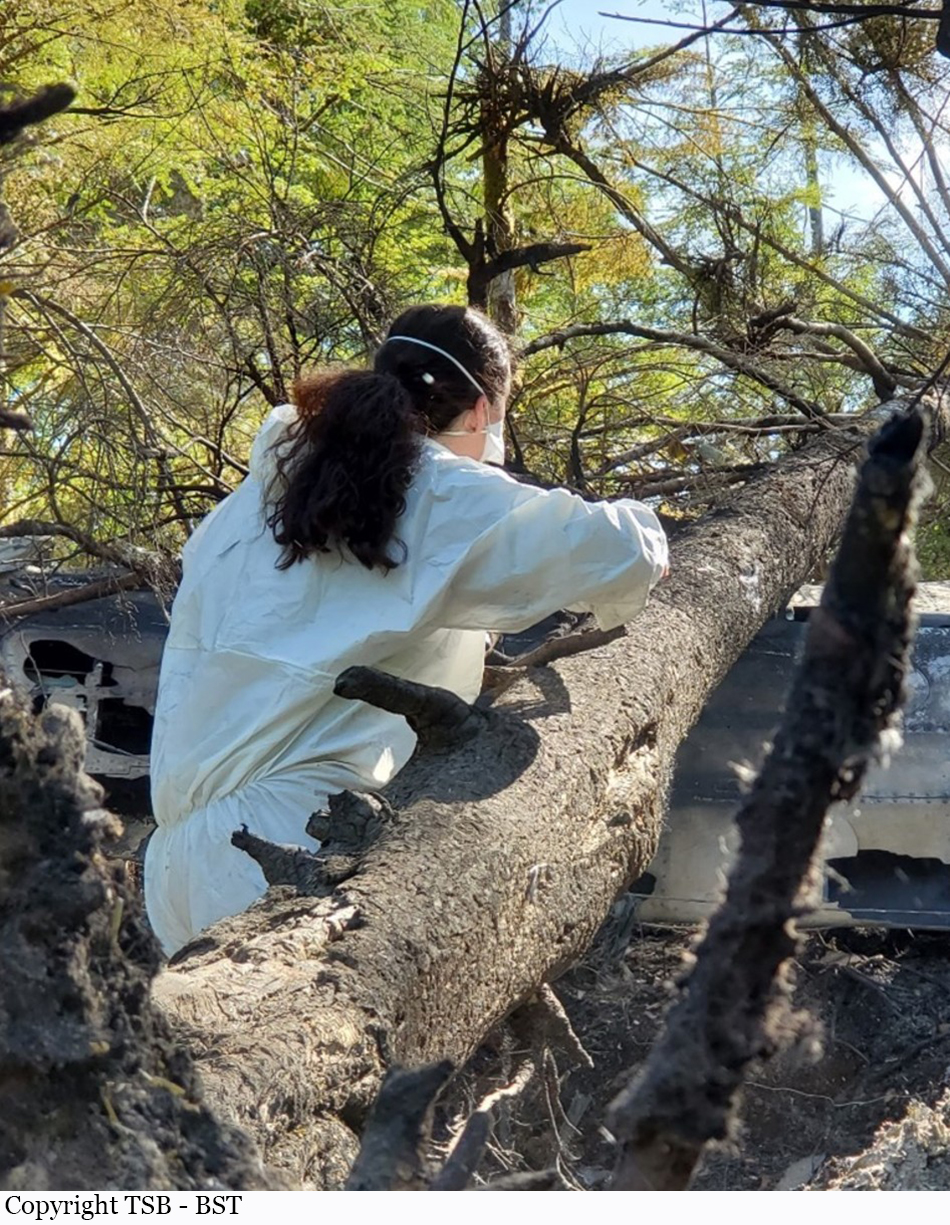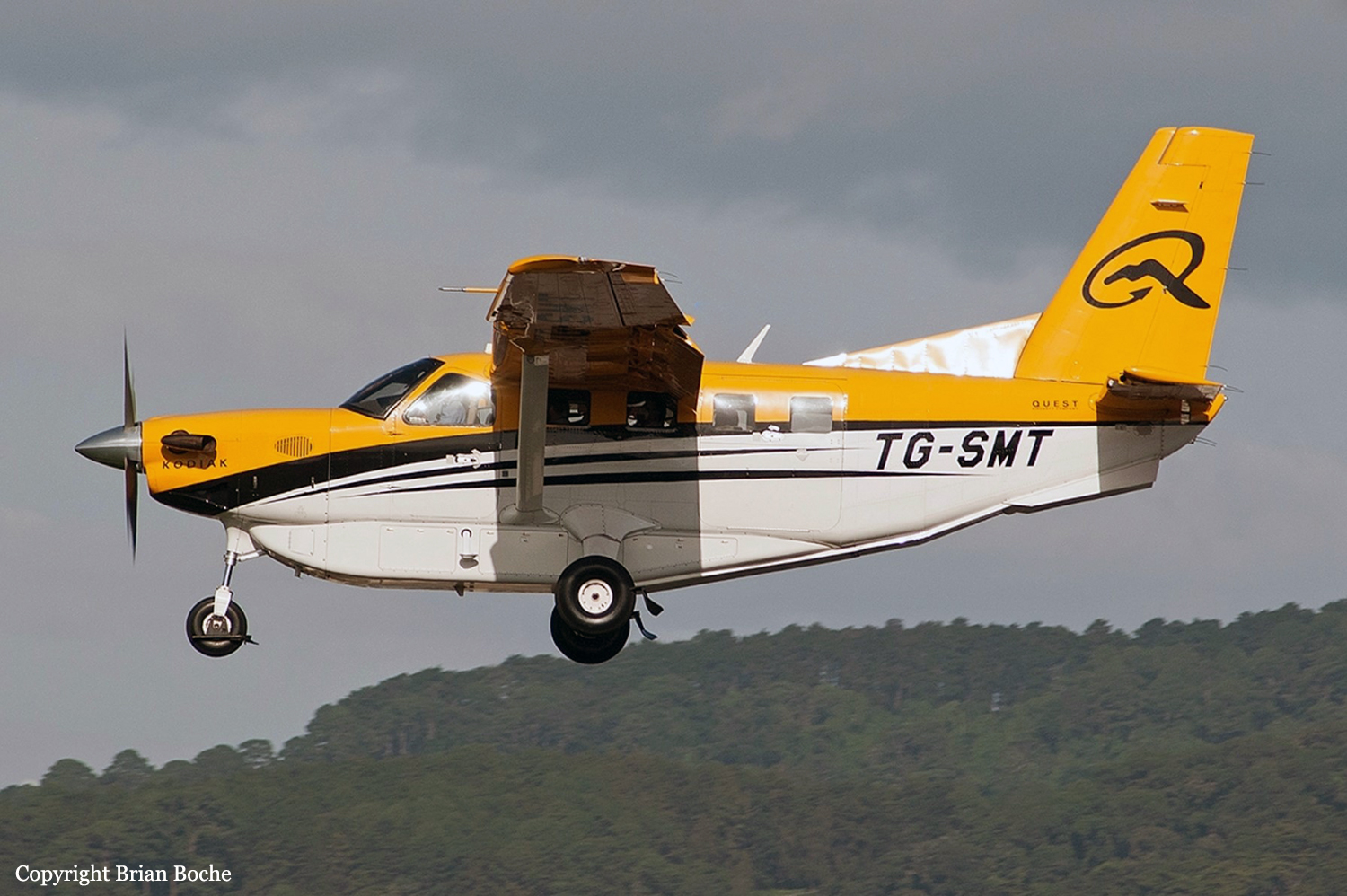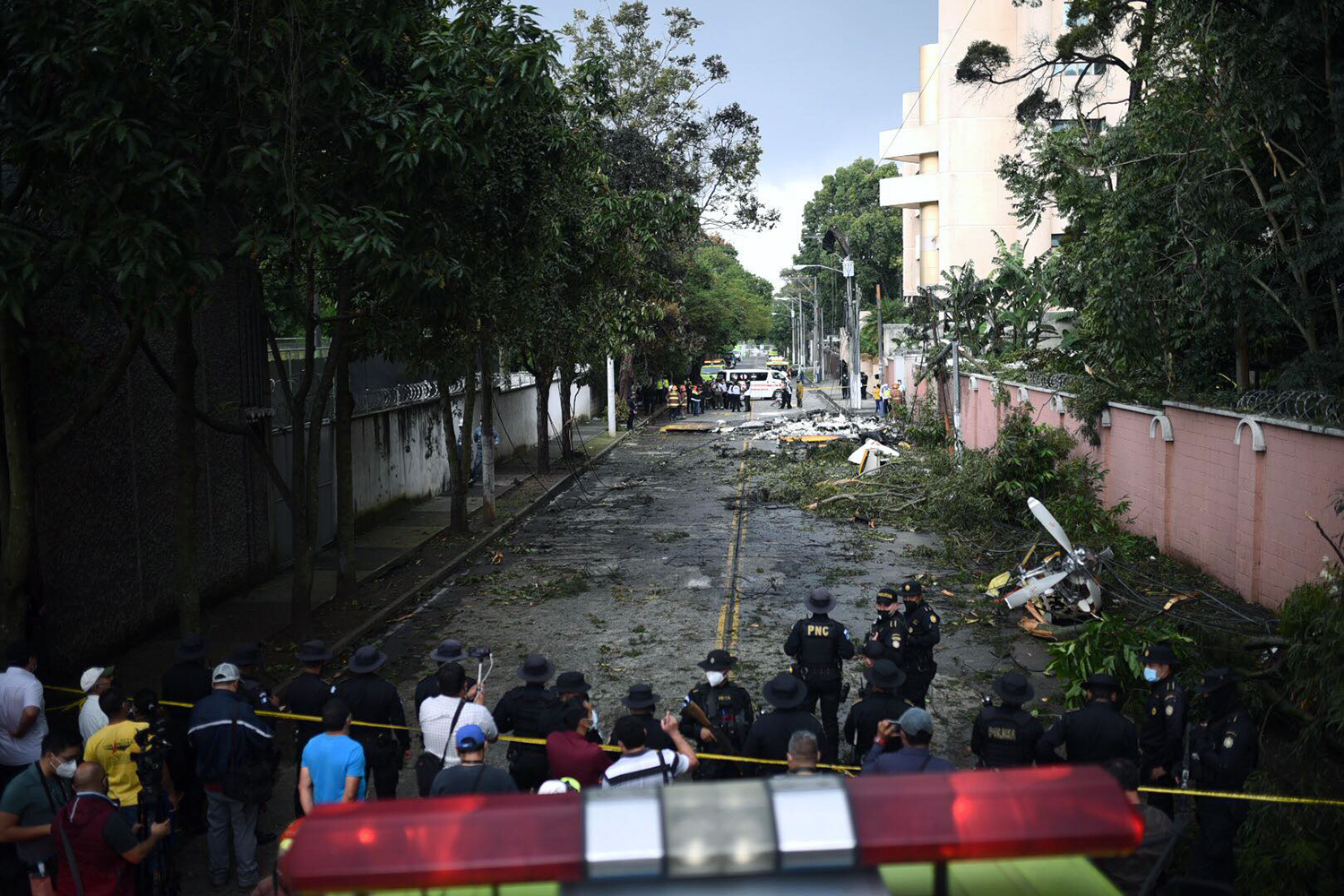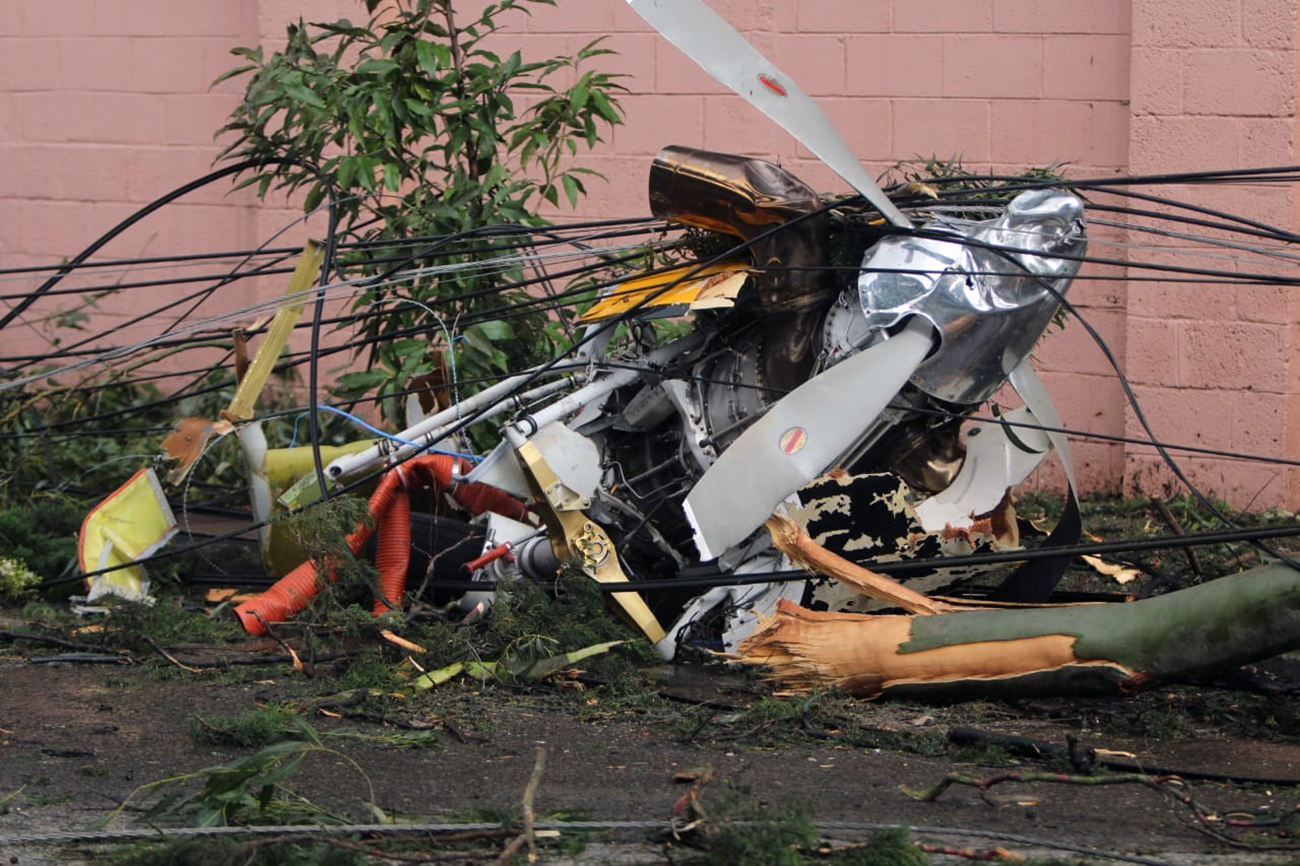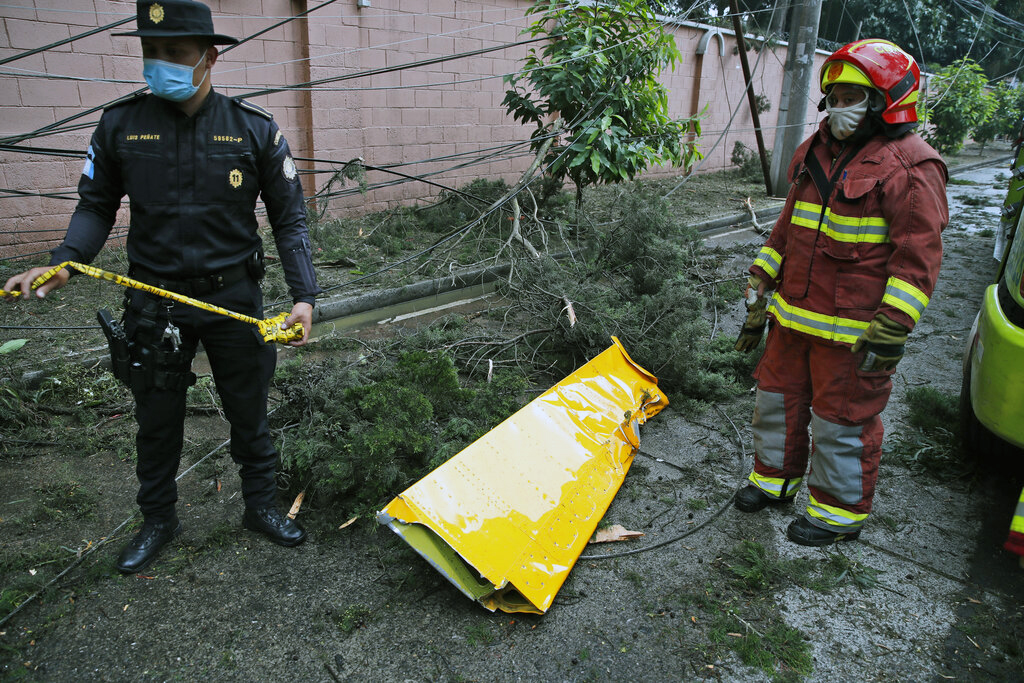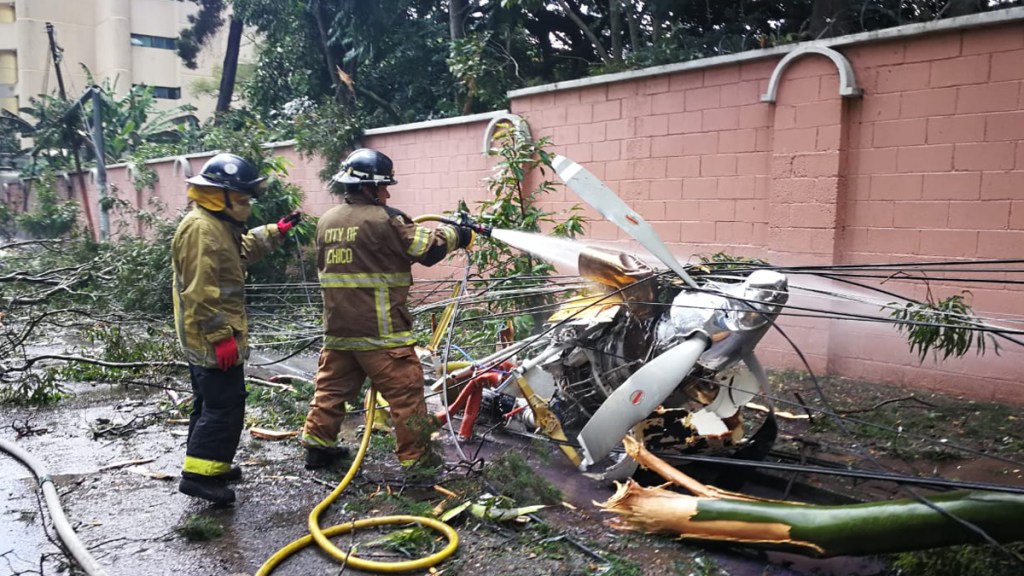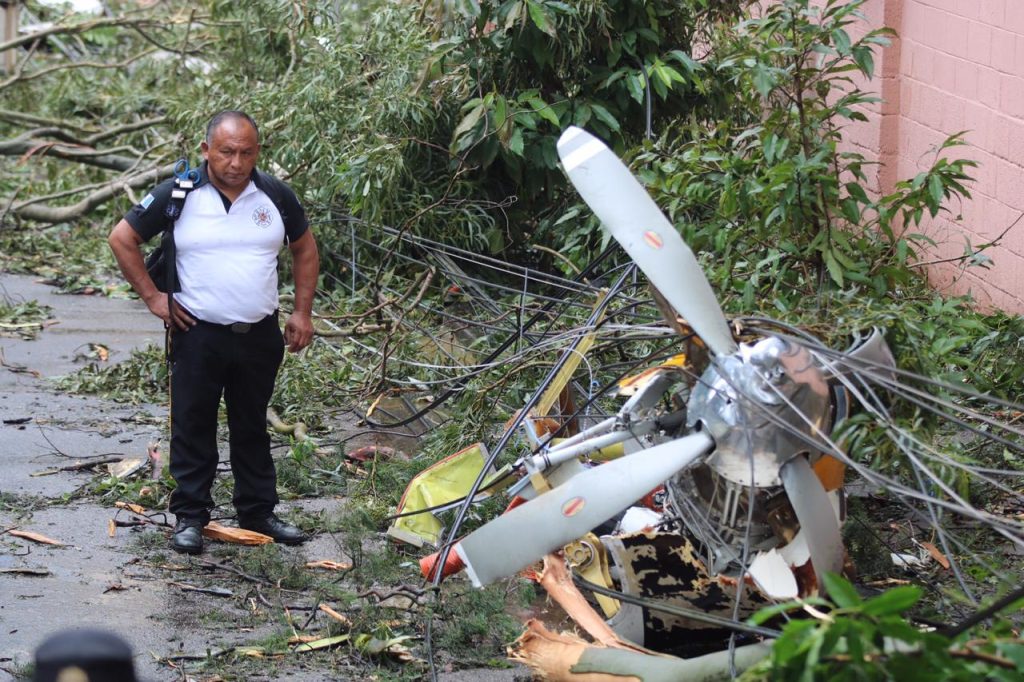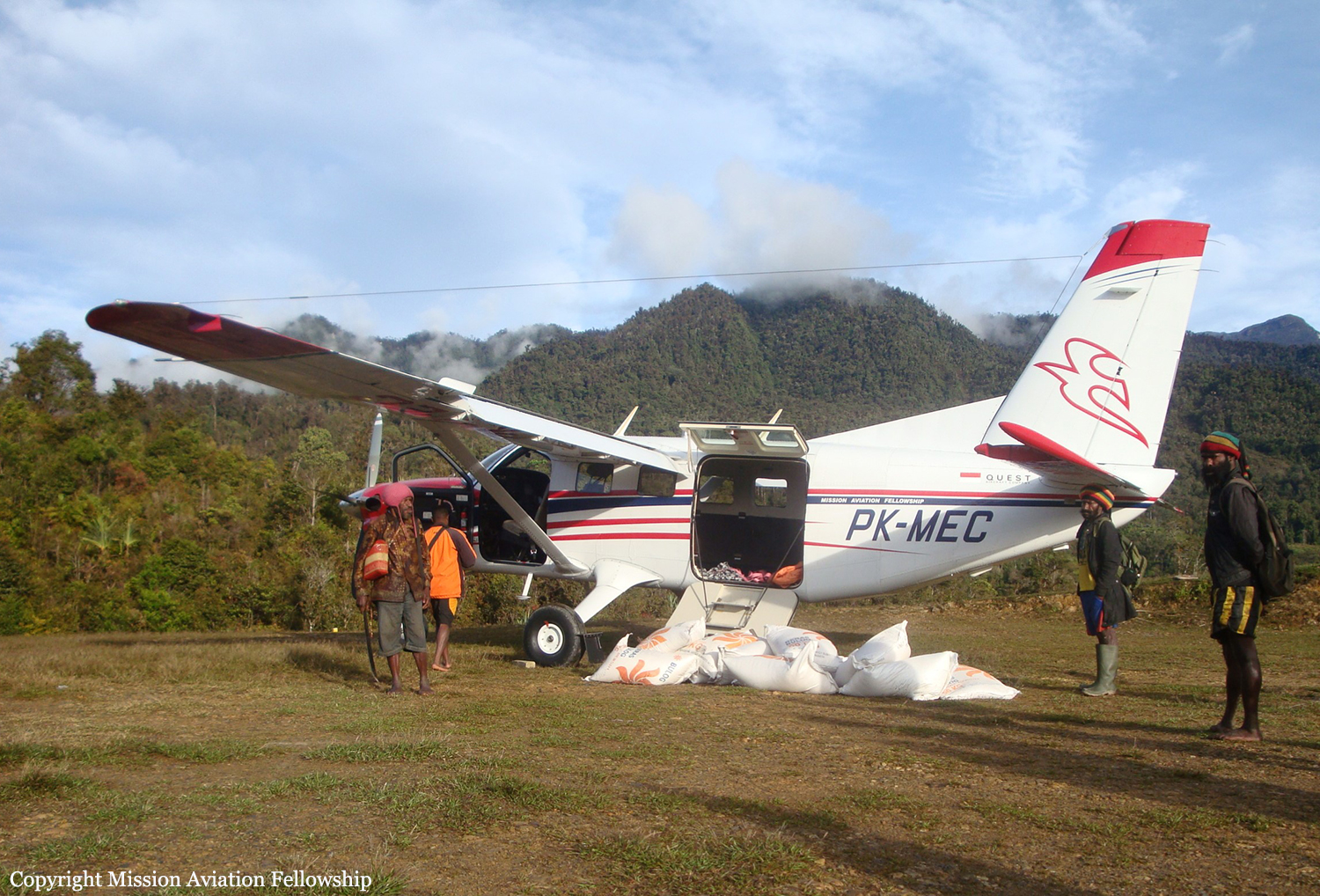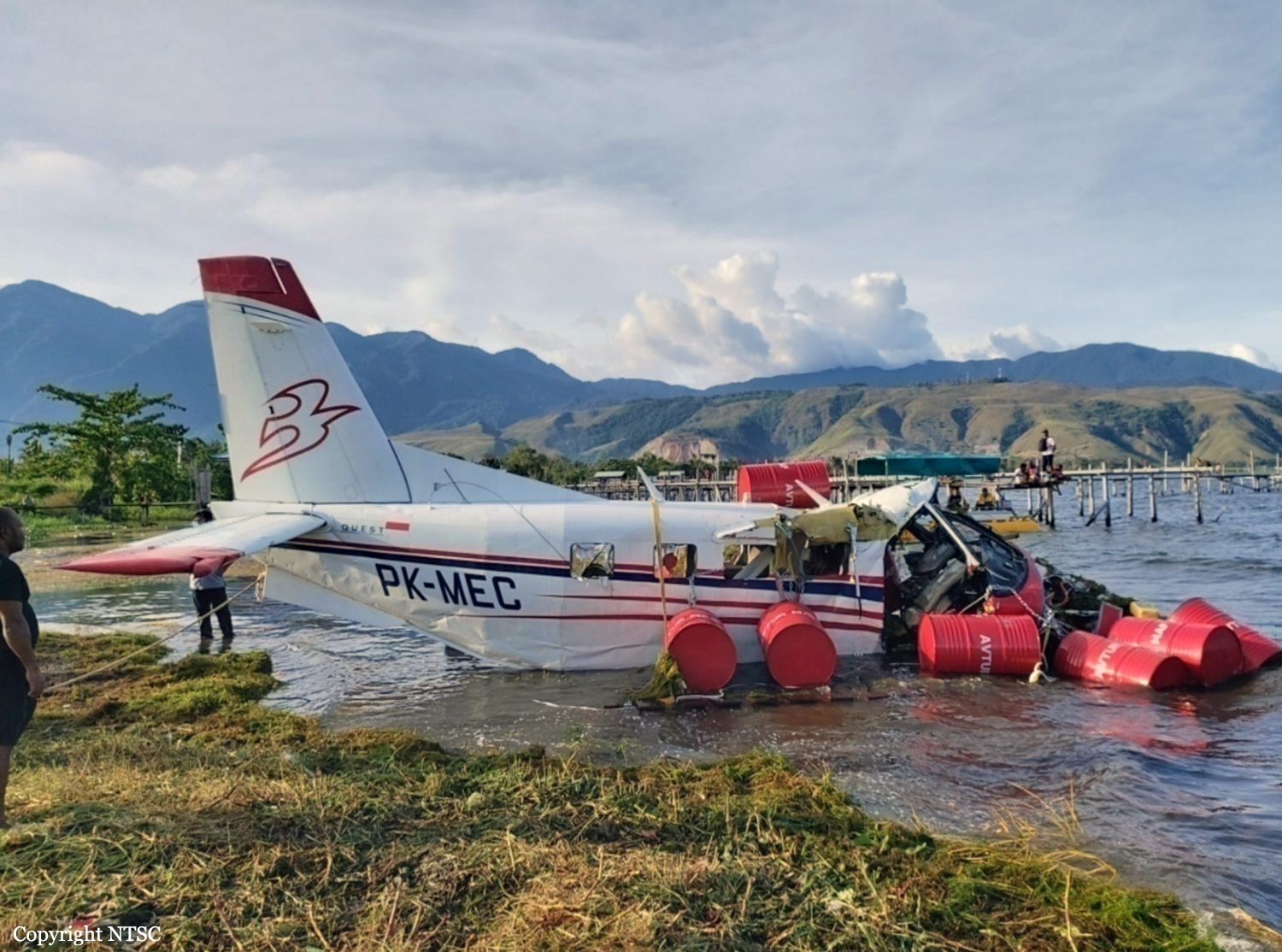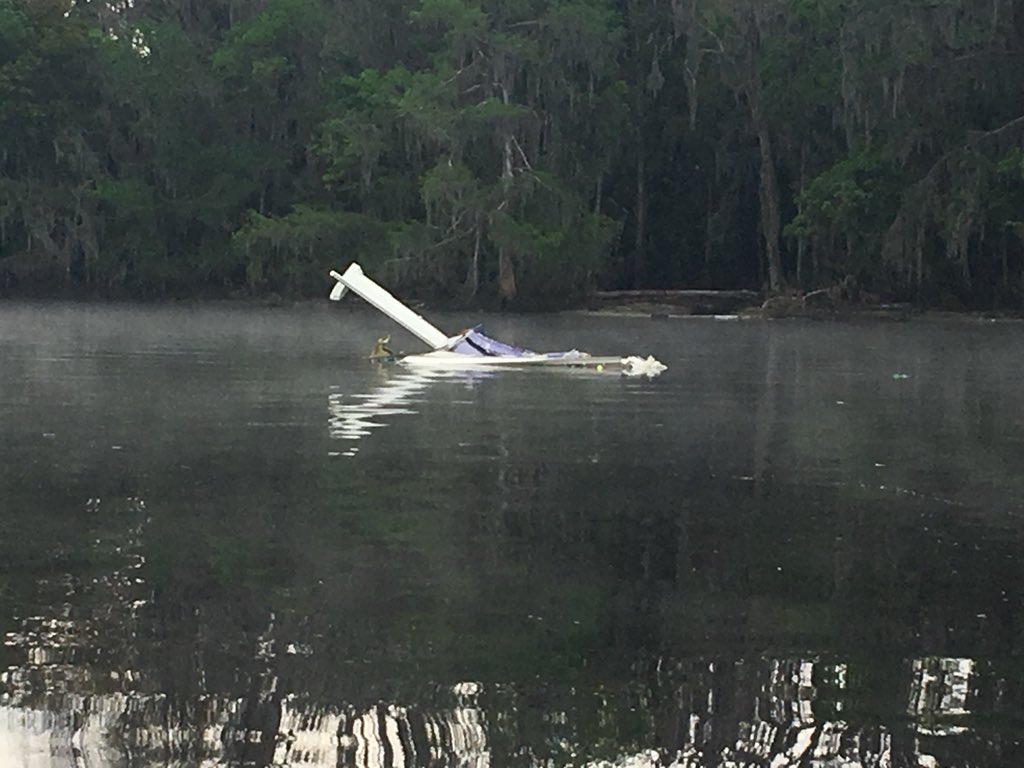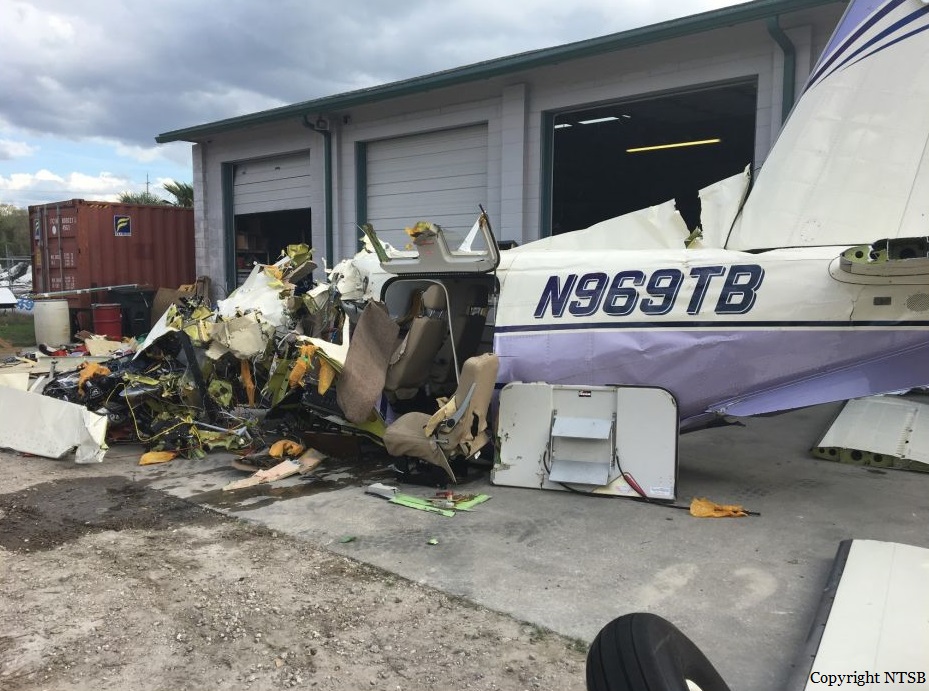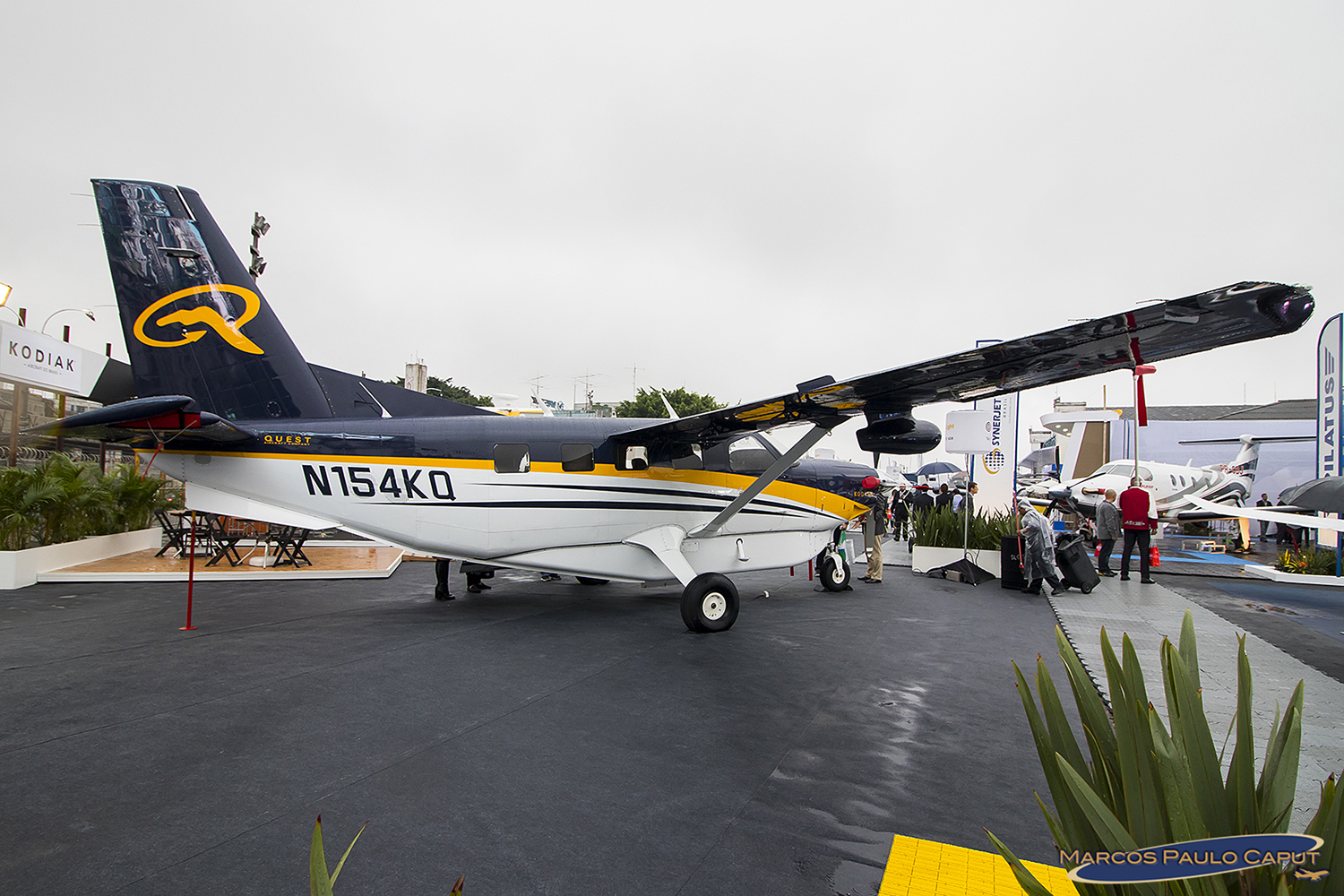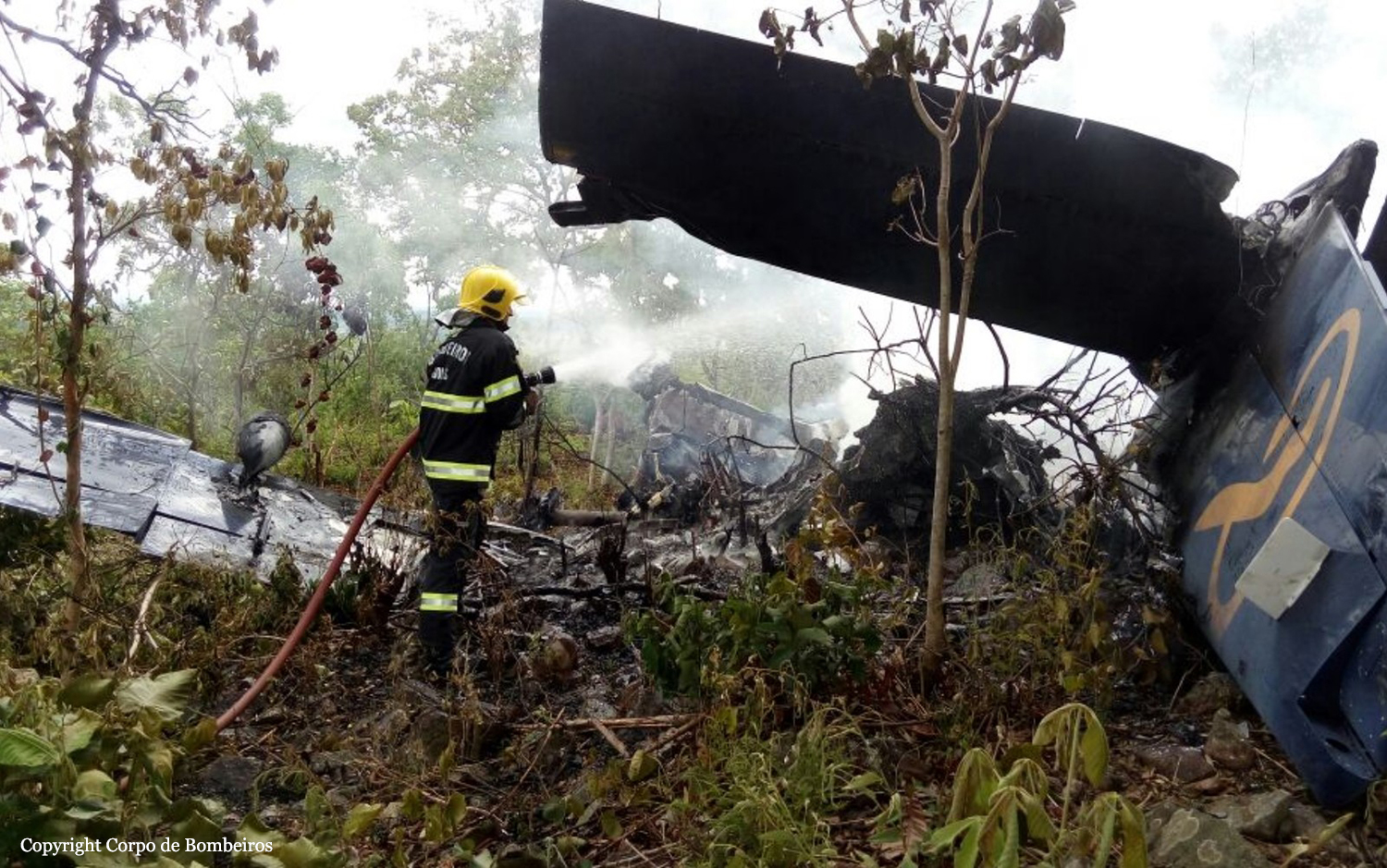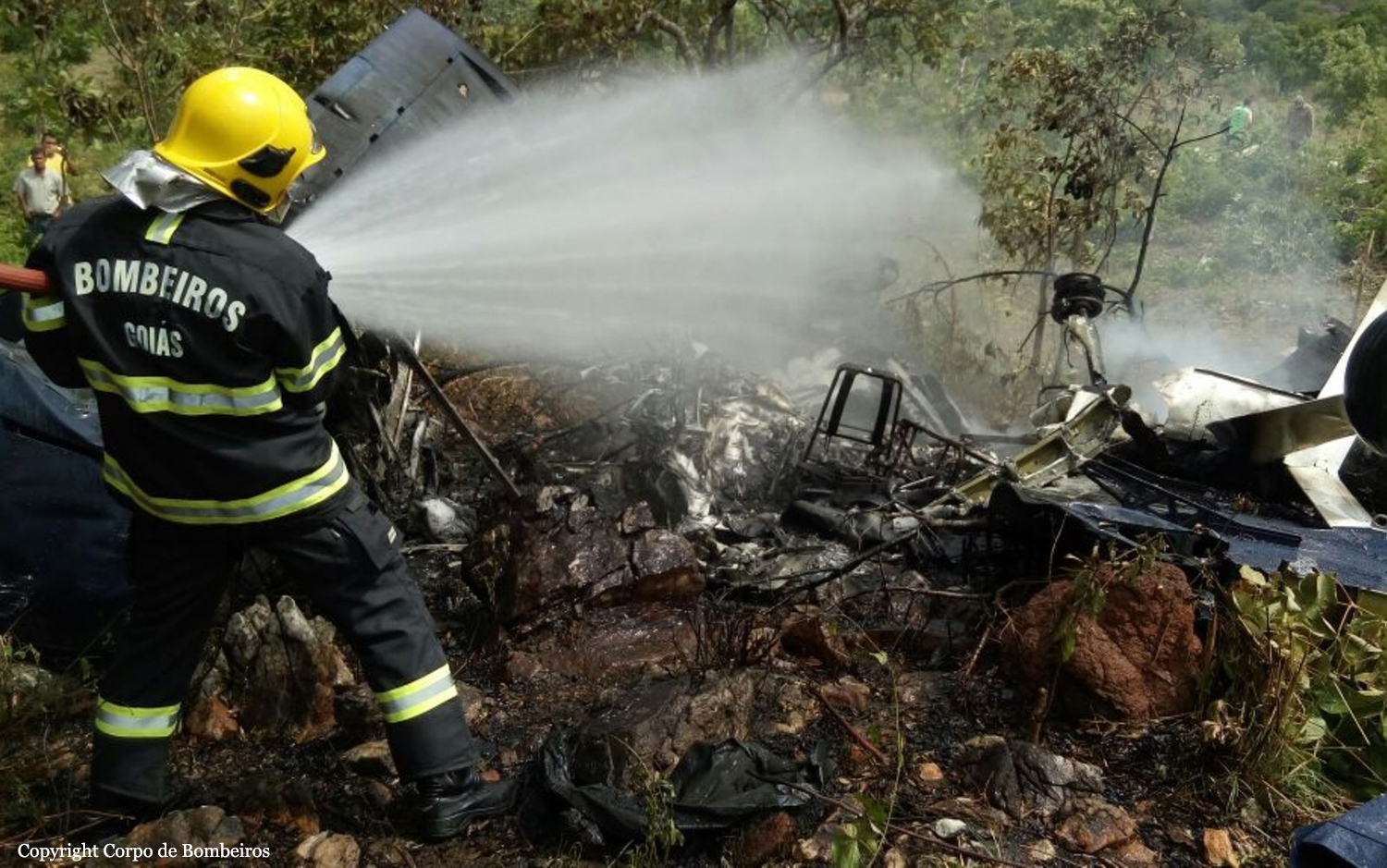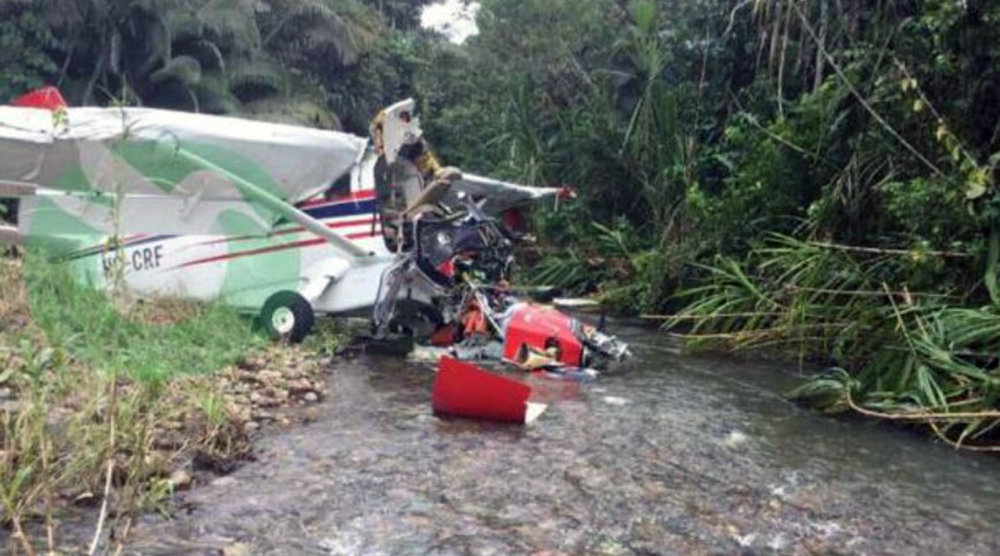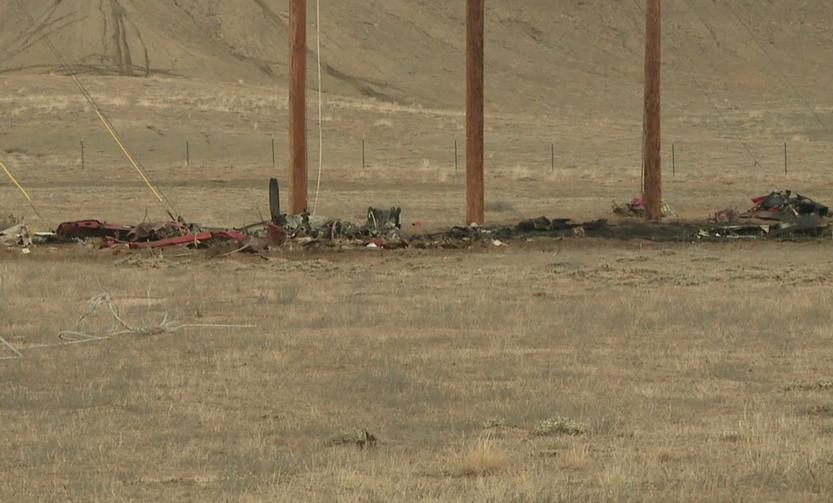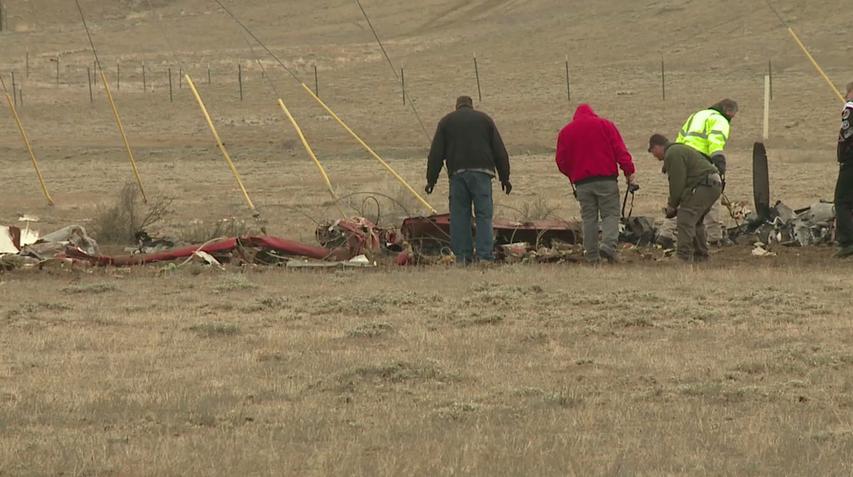Crash of a Quest Kodiak 100 in Lorida
Date & Time:
Jan 19, 2024 at 1713 LT
Registration:
N5799
Survivors:
Yes
Schedule:
LaBelle – Lakeport
MSN:
100-0277
YOM:
2019
Crew on board:
1
Crew fatalities:
Pax on board:
4
Pax fatalities:
Other fatalities:
Total fatalities:
0
Captain / Total hours on type:
80.00
Circumstances:
The pilot reported, “upon touchdown, the plane jumped back up as I reduced power all the way back.” He said that the airplane bounced twice on the grass runway, resulting in the nose wheel separating from the airplane. Subsequently, the nose landing gear strut dug into the ground, and the airplane nosed over. The airplane’s fuselage, wings, and empennage were substantially damaged. The pilot reported that there were no preimpact mechanical malfunctions or failures of the airplane that would have precluded normal operation.
Probable cause:
The improper recovery from a bounced landing, which resulted in a hard landing and subsequent noseover.
Final Report:
